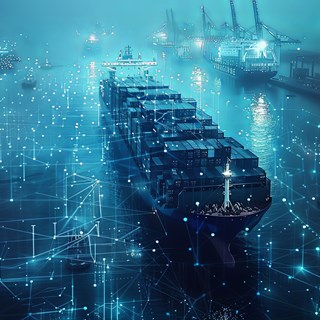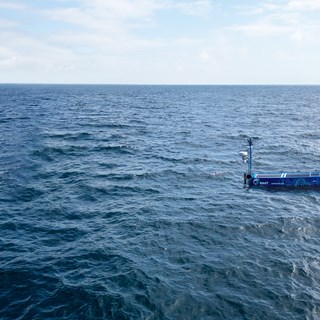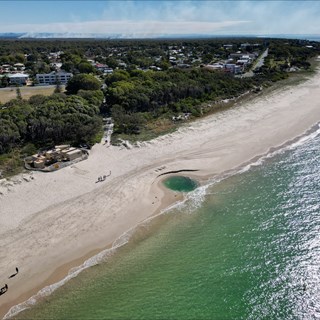As offshore wind continues to gain momentum in Australia, there’s no shortage of enthusiasm for its potential: clean energy, economic opportunity, engineering challenges. But amid all that ambition, there’s a question that often goes unasked: ‘What happens back on the coast?’
It’s something we’ve been trying to explore a bit more at BMT. When you’re planning a wind farm offshore, the focus tends to stay out there - turbines, metocean data, vessels, cabling. But these offshore decisions don’t exist in a vacuum, and the coast shouldn’t be an afterthought.
Why it matters for developers and decision-makers
Coastal impacts can shape how a project plays out, especially if they’re picked up late.
Factoring them in early can help:
- Identify and manage the potential risk to coastal assets
- Get through approvals quicker with clearer, more complete modelling
- Guide smarter choices about offshore wind field design and build supporting infrastructure
- Avoid delays caused by unexpected environmental issues down the line
- Build trust with communities by showing you’ve thought about the shoreline impact
These dynamics often go unnoticed in early phases but can resurface down the line, often at a cost. Taking a broader view from the start makes for more confident planning and stronger outcomes.
A complex system, often treated in parts
Marine and coastal environments are tightly linked. Large offshore structures - turbines, vessels, cables, dredging - interact with wave energy, sediment transport, and ecological systems that extend all the way to the shoreline.
This can affect:
- The stability and alignment of local beaches
- Sediment transport near port infrastructure and navigation channels
- Wave patterns that affect erosion or deposition of coastal amenities
- Estuary dynamics
These aren’t abstract risks. They’re physical processes we can observe, model, and design around, if they’re accounted for in time.
Where I see potential
There’s a real opportunity here to better connect offshore and coastal thinking.
New tools like drone surveys, remote sensing, and projects like Deep Blue are improving how we collect and interpret field data. Combined with modelling, they allow us to predict the impacts of offshore wind on coastal systems and plan with more precision.
Nature-based solutions also hold promise - things like mangroves, salt marshes, or hybrid structures. They don’t always get the spotlight, but with the right case studies and evidence, they could become part of the mainstream response.
Why this conversation needs to happen now
Over the past few years, I’ve been involved in a range of coastal risk assessments and shoreline inspections, and I’m seeing increasing interest in bridging that offshore-onshore knowledge gap.
Often, it’s sparked by a regulatory requirement or public concern. But it’s more powerful when it starts from a genuine curiosity: What don’t we know yet?
That mindset of exploring unintended impacts or secondary dynamics is where real resilience starts.
Asking smarter questions
Incorporating coastal thinking doesn’t have to slow things down. In fact, it can prevent slowdowns later. A few of the questions worth asking early on:
- Could wave shadowing from turbine arrays change the beach profile of a nearby coast?
- If a new cable landfall is planned, have we looked at sediment transport trends in the area?
- Will an altered wave climate influence port and navigation operations?
- Are there opportunities to align infrastructure with nature-based protection measures?
These aren’t barriers. They’re opportunities to design more intelligently, with better foresight and fewer surprises.
Looking ahead
We’re at a turning point in the offshore energy space. The technology is moving quickly. The policy landscape is (mostly) catching up. The next step is to ensure our thinking spans the full marine-coastal system because our projects will inevitably span it, whether we account for that or not.
Every offshore project touches the coastline, directly or indirectly. Recognising that from the outset means better decisions for infrastructure, ecosystems, and the communities they serve.
That’s the space I work in, and it’s one that deserves consideration.





